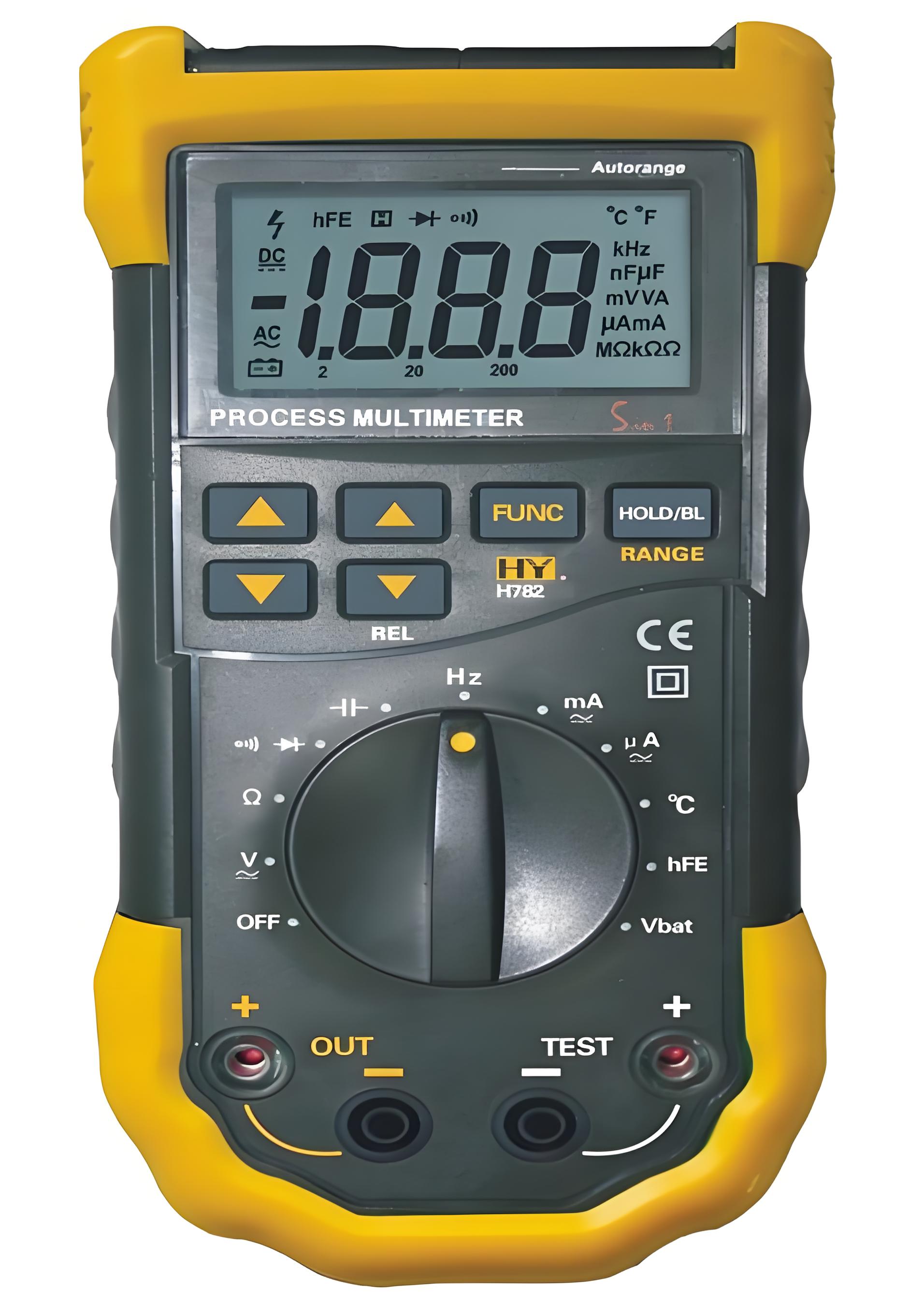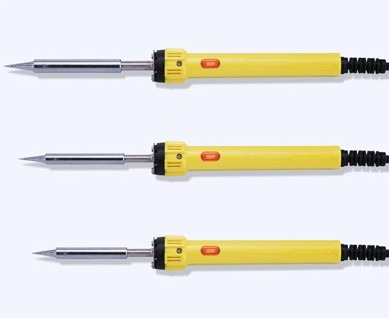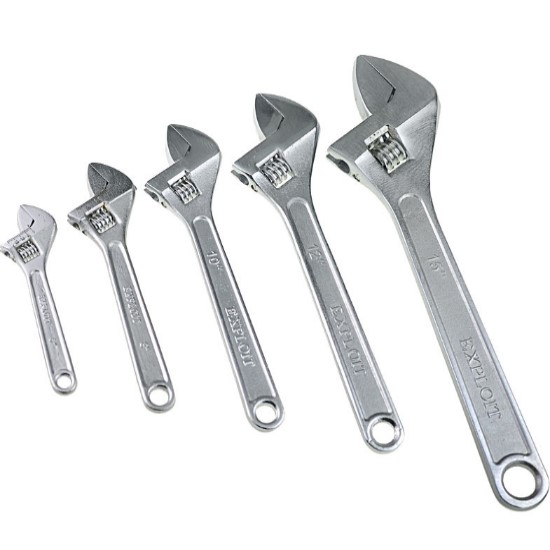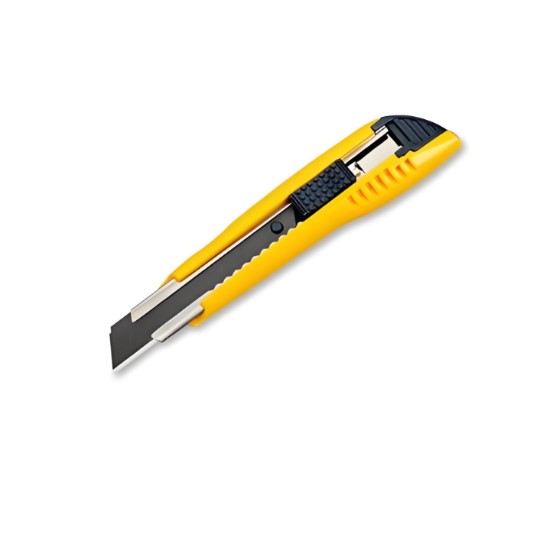Electric Tools-Multimeter
Definition of a multimeter
The utility model relates to a magneto-electric instrument with a rectifier that can measure various electrical parameters such as AC, DC current, voltage and resistance.
Components of a multimeter
Header:The head of a multimeter is a sensitive galvanometer. The dial on the watch head is printed with a variety of symbols, scales and values.
Selector switch:The selection switch of the multimeter is a multi-gear rotary switch. Used to select measurement items and ranges
Stylus and stylus jack:The pen is divided into red and black.
Working principle of a multimeter
A sensitive magnetoelectric DC ammeter (microammeter) for the watch head. When a small current passes through the watch head, there is a current indication. However, the meter head can not pass a large current, so it is necessary to shunt or buck some resistors in parallel and series on the meter head, so as to measure the current, voltage and resistance in the circuit.
Multimeter classification
Pointer multimeter
Advantages: intuitive, image, simple maintenance, over and over pressure ability.
Disadvantages: poor accuracy

Digital multimeter
Advantages: Strong filtering ability, power consumption, low power consumption
Disadvantages: overload capacity is poor, there is deviation

Matters needing attention
Mechanical zeroing before use
Place the multimeter horizontally and do not touch the metal part of the pen during use
When changing the gear, disconnect the marker first and then measure
After use, the switch is placed in the maximum gear of AC voltage
The Electricity Encyclopedia is dedicated to accelerating the dissemination and application of electricity knowledge and adding impetus to the development and innovation of the electricity industry.













